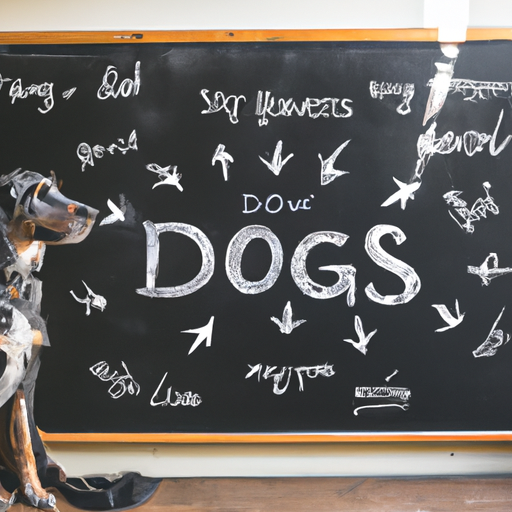Dogs, just like us humans, are capable of learning new things throughout their lifetime. Their ability to learn is what makes them such great companions and workers. But how exactly do dogs learn? Let’s break it down.
Understanding Your Dog’s Learning Process
To understand how dogs learn, it’s important to familiarize yourself with two fundamental concepts in dog psychology: Classical Conditioning and Operant Conditioning.
- Classical Conditioning was discovered by Russian physiologist Ivan Pavlov. It involves the process of associating a neutral stimulus (like a sound) with a significant stimulus (like food), leading to a conditioned response (like salivation).
- Operant Conditioning is a method of learning that occurs through rewards and punishments for behavior. It was made famous by psychologist B.F. Skinner.
These two forms of learning are the bedrock of dog training. Understanding them can help you teach your dog anything from basic obedience to performing complex tricks.
The Power of Positive Reinforcement
Positive reinforcement is one of the most powerful tools at your disposal when training your dog. It’s a simple concept: reward your dog for good behavior, and they’ll be more likely to repeat it.
Here’s an example of how to use positive reinforcement:
- Give a command, like “sit.”
- When your dog sits, give them a treat.
- Repeat this process regularly.
- Eventually, your dog will start to associate the command “sit” with the act of sitting and the reward they receive afterwards.
The Role of Social Learning
Dogs are social animals and they can learn a lot from observing others, including humans and other dogs. This is known as social learning. Here are a few examples of social learning in action:
- Puppies learn how to behave appropriately with their mother and siblings.
- Dogs can learn new tricks or commands by watching other dogs perform them.
- Dogs can pick up on human emotions and respond accordingly.
The Impact of Age on Learning
While dogs are capable of learning throughout their lives, there’s no denying that age can have an impact on their ability to learn. Here’s a table showing the optimal age for teaching dogs various skills:
| Age | Skills |
|---|---|
| 8-12 weeks | Basic obedience commands |
| 3-6 months | More complex commands and tricks |
| 6 months onwards | Advanced training techniques |
Common Misconceptions About Dog Learning
Many dog owners believe that their dogs behave badly out of spite or stubbornness. However, these are human emotions and it’s unlikely that dogs experience them in the same way. More often than not, what we perceive as stubbornness is just a lack of understanding or a lack of motivation.
FAQ
Can old dogs learn new tricks?
Yes, older dogs can certainly learn new tricks. It might take a bit more patience and persistence, but with the right approach, you can teach an old dog new tricks.
How long does it take for a dog to learn a command?
The time it takes for a dog to learn a command can vary widely based on the dog’s age, breed, and individual personality. It can take anywhere from a few repetitions to a few weeks.
What should I do if my dog isn’t learning?
If you’re struggling to train your dog, it might be helpful to consult with a professional dog trainer or behaviorist. They can provide guidance and suggest new strategies to try.
Should I use punishment in dog training?
Punishment is generally not recommended in dog training, as it can lead to fear and anxiety. Positive reinforcement is usually a more effective and humane approach.
How can I make dog training more effective?
Consistency, patience and positive reinforcement are key. Make sure everyone in your household is using the same commands and rewards, and remember that learning takes time. Be patient with your dog and reward them for their progress.



